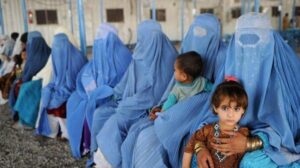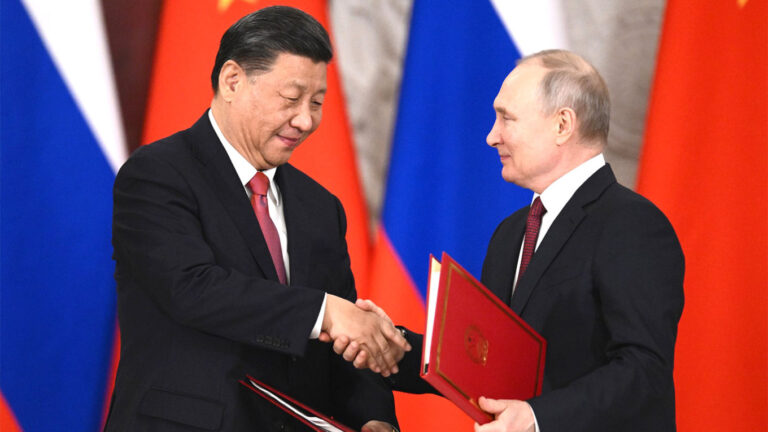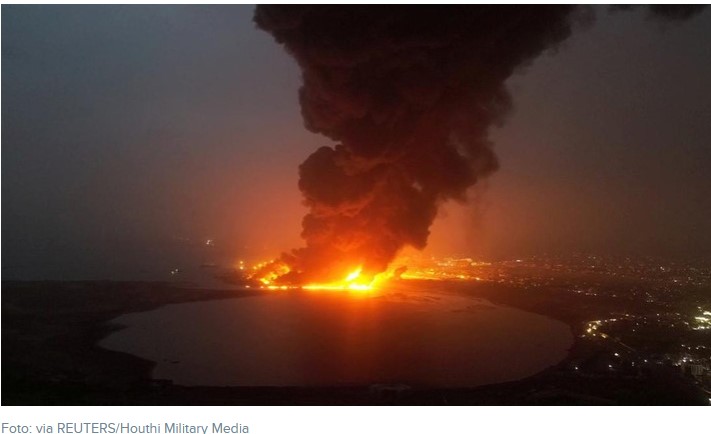STRATEGIC ASSESSMENT. Imposing their harshest restrictions on women since returning to power in Kabul in August 2021, the Taliban ordered, on May 7, that all women cover up in public; they noted a preference for a head-to-toe garment called a burqa which, in Afghanistan, has often left just a small perforated opening at the face for visibility. An official from the Taliban government’s Ministry for Promotion of Virtue and Prevention of Vice (“the Ministry”), which enforces restrictions on all social life in Afghanistan, stated: “For all dignified Afghan women wearing Hijab is necessary and the best Hijab is chadori (the burqa) which is part of our tradition and is respectful. Those women who are not too old or young must cover their face, except the eyes.” The decree added that women should stay in the home unless they have “important work” outside. Leaving no room for flouting of the new rules, the Ministry ordered authorities to fire female government employees who do not follow the new dress code and imposed punishments on male family members of women who were found noncompliant. For many Afghans, the decree also risks erasing local and regional traditions which often include colorful clothing and accessories reflecting longstanding cultural and historical customs. With this decree imminent, many Afghan women (and men) had started campaigns to showcase the wide varieties of traditional Afghan clothing and jewelry.
The “burqa decree” is the most intrusive of recent measures that call into question the Taliban’s commitment to avoid replicating its harsh 1996 – 2001 rule. On March 23, a few hours after girls were expected to return to their high schools, Taliban authorities announced their closure. In December 2021, the group banned women from travelling further than 45 miles without a close male relative. On May 12, the Ministry instructed residents of Herat, a major city in western Afghanistan inhabited largely by Persian-speaking ethnic Tajiks, that men and women (including married couples) should be segregated in restaurants. The Ministry also ordered Herat’s public parks to be segregated by gender, with men and women permitted to visit only on different days. Early this week, the Taliban also dissolved a number of critical bodies associated with the previous government and reform efforts over the past two decades, including the Afghan National Human Rights Commission, the High Council for National Reconciliation (HCNR), the National Security Council, and the commission for overseeing the implementation of the Afghan constitution. These were deemed “not necessary” and not included in the government’s budget.

The new regulations and measures clearly reflect that hardliners are ascendant within the new regime. As it was during the Taliban’s earlier period controlling the government, the Ministry is a much-feared bastion of Islamist hardliners, with almost unbridled powers. The acting head of the Ministry, when questioned by journalists about the restrictions on women, stated: “Islamic principles and Islamic ideology are more important to us than anything else.” Following the dress code decree, Ministry personnel and other authorities dispersed a small women’s protest against the new regulations and even obstructed journalists from covering the demonstration, belying any impressions given at the time of their takeover that they had reformed or become “softer” and more amenable to international engagement. Authorities later arrested protest organizers, holding them incommunicado while denying that they had been detained. The Ministry’s exercise of its repressive powers has dashed hopes in the international community that moderates within the Taliban would prevail in the regime’s internal power struggles and would implement policies that respect the rights of women and girls or uphold international human rights obligations. Some fear that the current Taliban regime might even revive the movement’s earlier practice of conducting public executions and imposing harsh punishments in the name of justice. Such measures will erase the two decades of progress made in upholding women’s human rights and encouraging a whole generation of Afghan citizens to engage in public space, policy, security, the media, and address its many critical challenges.

The international community has reacted swiftly to the new restrictions on women. Immediately after the dress code decree, the G7 group of industrialized nations and the European Union foreign policy chief jointly stated: “With these measures, the Taliban are further isolating themselves from the international community.” The EU’s special envoy to Afghanistan, Tomas Niklasson, stated that the restrictions on women and girls imposed in the past several months “has put some doubts in our heads regarding how reliable their promises are, how reliable they may be as a partner.” He added that what Afghan women really want is the right to work, education, and access to health facilities, and “not instructions on how to dress.” Afghan women and activists at home and abroad have repeatedly reaffirmed these objectives, with many civil society organizations working to monitor developments and maintain a focus on the detrimental human rights impacts of the Taliban’s governance. The international community has repeatedly warned the Taliban that the release of donor funds is pegged to the improvement of human rights and gender reforms. Because the new government is relatively isolated politically and economically, Afghanistan is even more dependent on foreign assistance than was the U.S.-backed governments in power during 2001-2021. A reduction of international assistance would surely worsen the already dire humanitarian conditions in many parts of Afghanistan. And, although several countries in the region have established diplomatic ties with the Taliban government, no country has recognized the Taliban as the legitimate government of Afghanistan. The Taliban’s new restrictions on women and girls undoubtedly will further complicates the movement’s drive to obtain formal recognition.
U.S. officials have signaled that they will pressure the group to repeal the measures. Following the Taliban’s dress code decree, State Department spokesperson Ned Price indicated that the United States might use financial leverage to compel the regime to change course, saying: “We have explicitly raised this concern [about the dress code ruling] with the Taliban, and we have some instruments at our disposal that we are prepared to utilize if we believe the Taliban’s recent crackdown on women will not be reversed or repealed.” U.S. leverage on Kabul includes approximately $7 billion in Afghanistan Central Bank assets still frozen in U.S. accounts; the United States has set aside half of that amount to be used for humanitarian relief in Afghanistan, and up to half as potential compensation for victims of the September 11 attacks. In addition, U.S. sanctions policy could be adjusted to increase pressure on the Taliban, for example, by ending the sanctions relief measures that were taken to facilitate the flow of U.S. and international humanitarian aid to the country. The humanitarian exceptions negotiated in UN sanctions against the Taliban was a hard fought victory for humanitarian groups and experts that have campaigned against the risks to impartial humanitarian assistance from counterterrorism and sanctions measures; a removal of this exception will not only impact Afghanistan but other contexts in which such an exception might be needed but not yet adopted. However, with hardline Taliban figures now clearly in control in Kabul, the prospects for U.S. and international policy to compel the Taliban to change course on women’s rights—and human rights more widely—appears limited at best.





